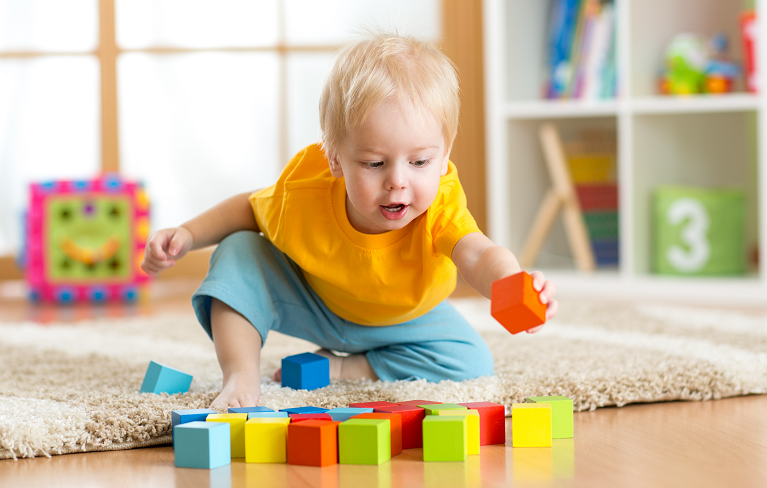5 Tips for Choosing Effective Learning Materials
PublishedSelecting developmentally appropriate learning materials is one of the most important ways to help children engage with their environment, learn new skills, and practice their emerging skills. Finding, using, and refreshing the learning materials for your program can be a fun, fascinating, and dynamic process. In today’s post, we’re sharing five general suggestions for choosing learning materials that keep children engaged, minimize conflict, and facilitate friendships and social interactions.
- Consider children’s interests. Select materials for your program that are based on children’s immediate interests. Keep in mind that young children are more likely to interact with materials that reflect and expand on the most interesting aspects of their daily lives. Pay attention to what children talk about: for example, when children talk about construction equipment near their homes or classrooms, look for books about construction and construction equipment, place toy construction trucks in play areas, or use art supplies (empty boxes, pipe cleaners, papers) to make construction sites.
- Choose simple, open-ended materials. Stock plenty of materials that allow children to use their creativity. Young children don’t need expensive toys—simple and open-ended materials will encourage them to experiment, create, and manipulate. Scraps of material, empty containers, cardboard rolls, baskets, boxes, clothing that no longer fits, leaves, pinecones, shells, wallpaper scraps, and colored paper can offer endless opportunities for young children to engage in a variety of activities.
- Keep an eye on quantity. Make sure enough materials are available for several children to play with preferred items at the same time. When you realize a toy or material is a favorite, consider getting multiples of the item to prevent arguments, promote imitation, and encourage communication.
- Promote positive interactions. Children will learn to cooperate and take turns if given opportunities to do so. Look for materials that promote positive social interactions between and among children. Children can learn about turn-taking on a toy such as a rocking boat that safely holds only two at a time, whereas older children might learn to take turns when playing a simple board game. Creating a shared art collage on a large piece of butcher paper is a great way to teach young children the art of cooperation and collaboration.
- Refresh materials regularly. Rotate learning materials on a regular basis to provide novelty and increase engagement. Children’s interests change frequently, and when interest in a topic or materials fades, it’s time to introduce some new supplies and activities.
Choosing effective learning materials is an important universal teaching strategy for early childhood programs. To learn about other universal teaching strategies—including designing physical environments, establishing routines, and providing support for positive interactions—see Chapter 4 of Volume 4: AEPS®-3 Curriculum—Growing.
Today’s post has been adapted from Grisham, J., & Slentz, K. (Eds.). (2022). AEPS®-3 Volume 4: Curriculum—Growing. In D. Bricker, C. Dionne, J. Grisham, J. J. Johnson, M. Macy, K. Slentz, & M. Waddell, Assessment, Evaluation, and Programming System for Infants and Children, Third Edition (AEPS®-3). Brookes Publishing Co.



